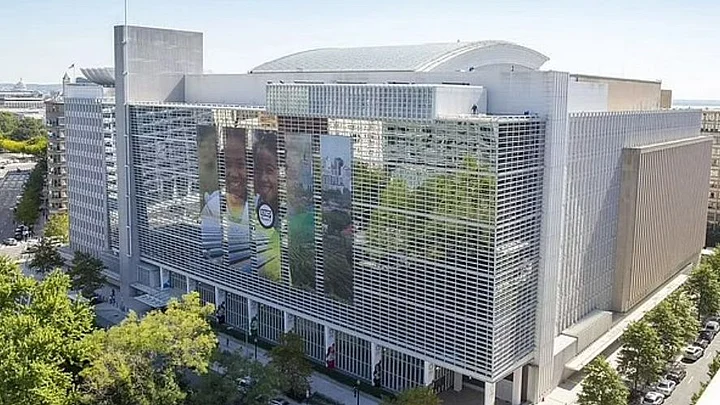The World Bank, on Tuesday, 7 June, cut India's economic growth forecast for the current fiscal year to 7.5 percent as rising inflation, supply chain disruptions, and geopolitical tensions continue to make recovery difficult.
This is the second time that the World Bank has revised its Gross Domestic Product (GDP) growth forecast for India in the current fiscal 2022-23 (April 2022 to March 2023).
"In India, growth is forecast to edge down to 7.5 percent in the fiscal year 2022/23, with headwinds from rising inflation, supply chain disruptions, and geopolitical tensions offsetting buoyancy in the recovery of services consumption from the pandemic," the World Bank said in its latest issue of the Global Economic Prospects.
In April, it had slashed the forecast from 8.7 percent to 8 percent and now it is projected at 7.5 percent.
It said that growth will also be supported by fixed investment undertaken by the private sector and by the government, which has introduced incentives and reforms to improve the business climate.
This forecast reflects a 1.2 percentage point downward revision of growth from the January projection, the bank added.
"Growth is expected to slow further to 7.1 percent in 2023-24 back towards its longer-run potential," it noted.
A rise in prices across all items from fuel to vegetables and cooking oil pushed WPI or wholesale price-based inflation to a record high of 15.08 percent in April and retail inflation to a near eight-year high of 7.79 percent.
Global Rating Agencies Slashed India's Growth Economic Forecast too
Last month, Moody's Investors Service reduced the GDP projection to 8.8 percent for the calendar year 2022 from 9.1 percent earlier due to high inflation.
S&P Global Ratings too trimmed India's growth projection for 2022-23 to 7.3 percent, from 7.8 percent earlier, owing to rising inflation and the ongoing Russia-Ukraine conflict.
Amid volatile crude oil prices and supply chain disruptions due to the ongoing Russia-Ukraine war, RBI in April cut the forecast to 7.2 percent from 7.8 percent.
What Is Causing This?
A surge in COVID-19 cases, more-targeted mobility restrictions, and the war in Ukraine led to the disruption in India's growth in the first half of 2022, according to the World Bank report.
Although the unemployment rate has gone back to pre-pandemic levels, the labour force participation rate continues to be lower than what it was before the pandemic started. Workers have also moved to lower-paying jobs.
In India, the focus of government spending has shifted toward infrastructure investment, labour regulations are being simplified, underperforming state-owned assets are being privatised, and the logistics sector is expected to be modernised and integrated, the bank said.
Long-term prosperity, the World Bank President David Malpass said in his foreword to the report, will depend on a more stable, rules-based policy environment after multiple crises.
(With inputs from PTI.)
(At The Quint, we question everything. Play an active role in shaping our journalism by becoming a member today.)
